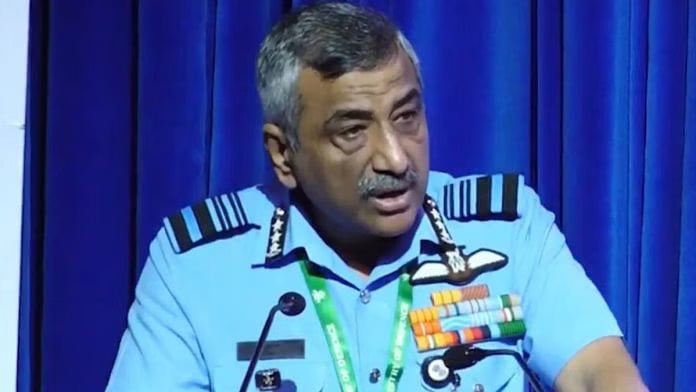General Upendra Dwivedi Begins Strategic Bhutan Visit Amid Rising Regional Tensions
General Upendra Dwivedi, Chief of the ArmyStaff , commenced a three-day official visit to Bhutan today, from June 30 to…
Major General RD Sharma Takes Command of Indian Army’s Bison Division
Major General RD Sharma has officially taken charge as the new General Officer Commanding (GOC) of the Indian Army’s Bison…
India Wins Historic Bronze at World Military Shooting Championship 2025
In a landmark moment for Indian military sports, Master Chief Petty Officer (MCPO) Omkar Singh of the Indian Navy has…
Indian Embassy Clarifies Defense Attaché’s Remarks at Indonesian Seminar on Political Leadership Statement
The Indian Embassy in Indonesia issued a clarification today regarding media reports that misrepresented the remarks of India’s Defense Attaché,…
‘Constraints By Political Leadership’: Indian Defence Attaché Acknowledges Aircraft Losses in Indonesia
In a rare and candid admission, India’s Defence Attaché to Indonesia, Captain (IN) Shiv Kumar, has acknowledged that the Indian…
Air Marshal Ashutosh Dixit: Fighter Jets Here to Stay for a Century, Manned-Unmanned Teaming Is the Future
At the CNN-News18 Defence Townhall and as reported by IDRW held, Air Marshal Ashutosh Dixit, Chief of Integrated Defence Staff…






